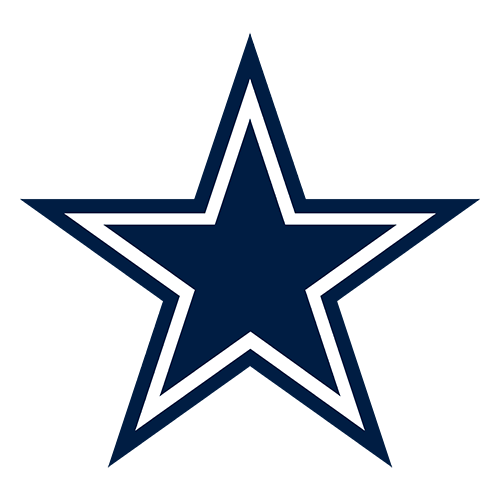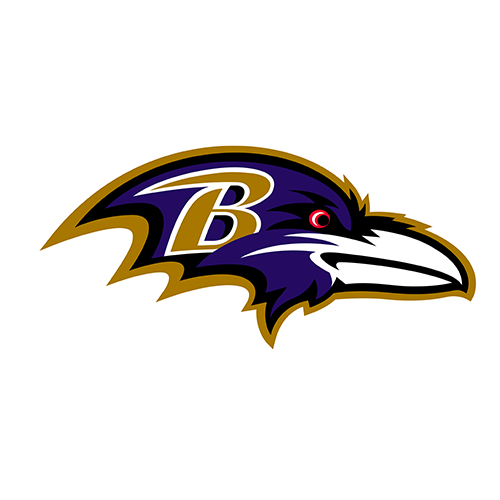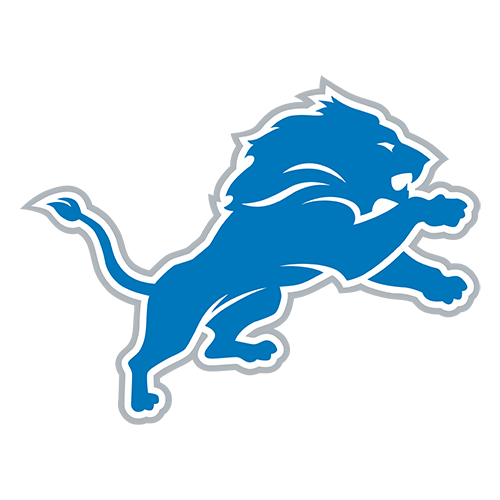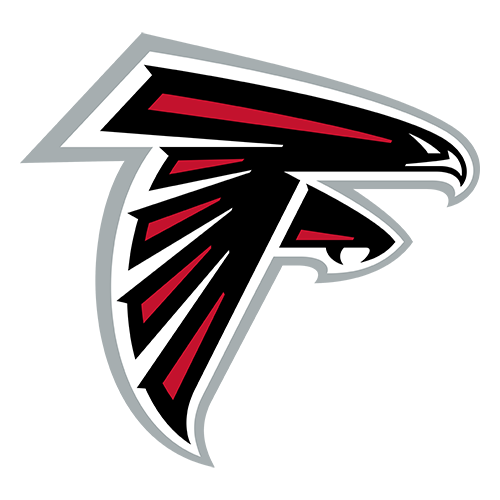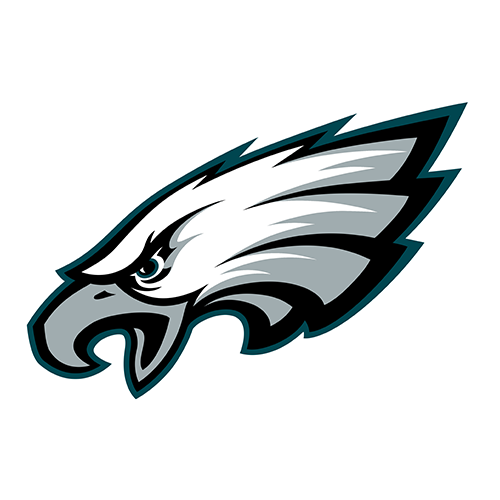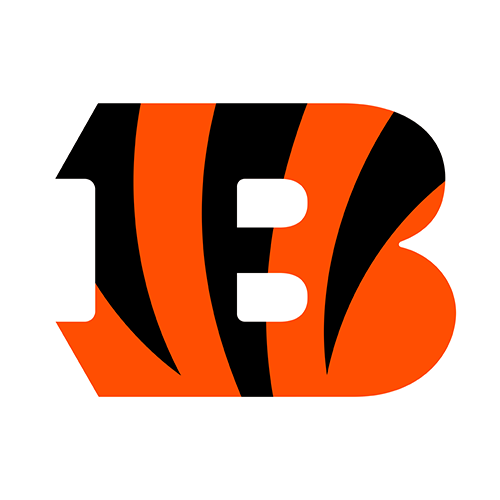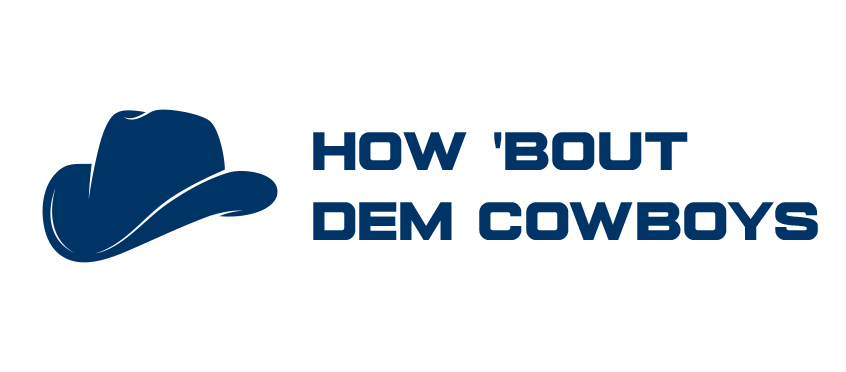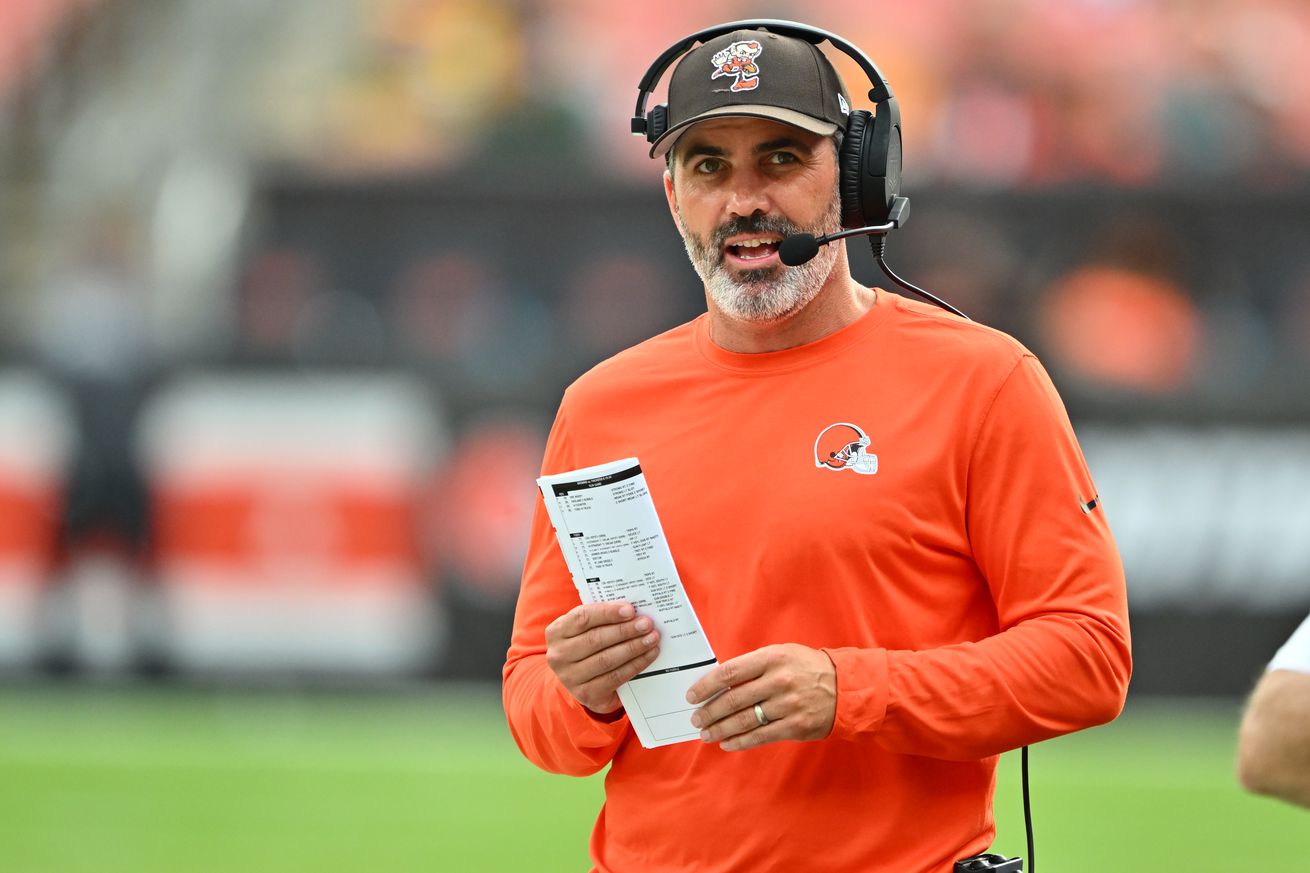
Kevin Stefanski and Mike Zimmer go way back
Just six months ago, Cleveland Browns head coach Kevin Stefanski was awarded the NFL’s Coach of the Year trophy after leading his team to the playoffs despite starting five different quarterbacks throughout the season. It was Stefanski’s second time winning the award, putting him in a rare category of coaches.
Now, Stefanski will follow up that magical season by hosting the Cowboys in Week 1. This marks a full circle moment for Stefanski, as the head coach and offensive play-caller will be going up against the man who played a pivotal role in his rise to coaching stardom: new Dallas defensive coordinator Mike Zimmer.
Until Stefanski took the Browns head coaching job, the Minnesota Vikings were the only NFL team he had ever worked for. A Philadelphia native, Stefanski played defensive back at Penn, twice being selected to the All-Ivy League team. Upon his graduation, Stefanski spent a year as the assistant director of football operations for his alma mater. Then, at just 24 years old, he joined the Vikings as the assistant to then head coach Brad Childress. Stefanski was later promoted to assistant quarterbacks coach and retained in that role by interim head coach Leslie Frazier, who was named the full time head coach soon after.
When Frazier was ultimately fired, though, Zimmer was brought in to lead the franchise next. Zimmer made sweeping changes to the Vikings, but he opted to retain Stefanski and, in fact, promote him to tight ends coach. Two years later, Stefanski moved to the running backs room. A year later, he was the quarterbacks coach. And in 2018, when Zimmer fired offensive coordinator John DeFillippo halfway through the season, he turned to Stefanski as his interim coordinator.
The offense stabilized under Stefanski’s watch and, more importantly, Stefanski operated the run-first approach that Zimmer wanted. So Zimmer named Stefanski the full time offensive coordinator moving forward, bringing in coaching veteran Gary Kubiak as an offensive advisor to mentor Stefanski. A year later, Stefanski left for the top job in Cleveland, where he has a 37-30 record with two postseason appearances.
Stefanski’s story cannot be told without highlighting his history with Zimmer, but it also informs his own schematic preferences. Stefanski has worked under a wide list of offensive minds: Childress was an offshoot of Andy Reid’s West Coast spread offense, as was Bill Musgrave under Frazier; Norv Turner brought his signature Air Coryell offense that helped win two Super Bowls for the Cowboys back in the 90’s; Pat Shurmur offered a more traditional version of the West Coast; and Kubiak led a masterclass in the offense he and Mike Shanahan popularized in the 80’s in Denver, which has since evolved into what Kyle Shanahan and Sean McVay are doing that’s taken the league by storm yet again.
It is this final schematic preference that is most prevalent in the Browns’ attack, but to call Stefanski a Shanahan devotee is a little too simplistic. From the top down, things look the same. Stefanski’s offense features plenty of wide zone run plays and lots of play-action with deep crossing routes. But Stefanski has a much more diverse run scheme, which he has pieced together over time from all the different coaches he’s learned under.
You’ll see just about every type of run concept in Cleveland, all of which has been fine-tuned to operate efficiently behind one of the league’s top offensive lines. Nick Chubb has long been the face of Stefanski’s electric rushing attack, but last year tested their ability to still produce without him when Chubb tore his ACL and MCL. The results were a mixed bag: the Browns finished fourth in rushing attempts and were just outside the top 10 in rushing yards for the year, but the efficiency fell quite a bit. Cleveland ranked 25th in yards per carry, 23rd in run DVOA, and 28th in EPA/rush.
Chubb won’t be back for this game – he’s set to miss at least the first four games of the year while on the PUP list – but they’ve bolstered their running back room in preparation for Chubb’s absence. They return Jerome Ford, who ran for 813 yards last year, and also added bruising runner D’Onta Foreman, who tallied 425 rushing yards last year as part of a deep running back rotation in Chicago.
The hope for Cleveland is that the run game gets back to its normal self – top 10 in DVOA in Stefanski’s first three years as head coach – because quarterback Deshaun Watson has struggled mightily in his time as a Brown. Without even discussing the off-field factors for Watson – who has played just 12 games in two years between suspensions and injuries – the quarterback’s play has been severely lacking.
Still, though, Stefanski’s offense is designed to put minimal pressure on the quarterback. Like many other schemes from the Shanahan tree – an offense that Zimmer himself has done well against historically – this scheme aims to give the quarterback layups in the passing game. Having a route running aficionado like Amari Cooper, who will face his former team for the first time since being traded away, also helps.
Now, Stefanski will get a chance to show what he can do against his former boss. He’s faced Zimmer once before: the Browns played the Vikings in 2021, Zimmer’s last season as head coach, and Cleveland won 17-14. A win for Stefanski’s team, but not a banner day for his offense against Zimmer’s defense. The head coach expects a similarly tough challenge for Round 2:
“Preseason obviously is not a great indication for any team in terms of the scheme. Coach Zim, obviously I know really well, is an outstanding football coach so we know that we’ll have our work cut out for us. Personnel wise… they have a bunch of really, really good players from the d-line back through the secondary.”
The Browns should present a similar challenge for Zimmer, too, as the new coordinator aims to beef up a unit that struggled far too often against the run last year. There’s few teams who pose a taller task in that respect, but perhaps Zimmer will be able to pull one over on his former protégé.
